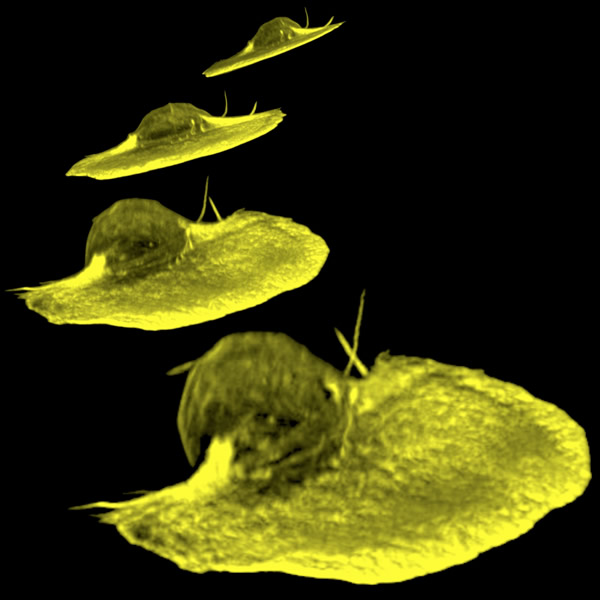Grant-in-Aid for Transformative Research Areas (A)
Publicly Offered Research:2022FY
Elucidation of stress fiber rotation dynamics by mechanical modeling and live cell imaging
- Principal
investigator - Iwadate YoshiakiDepartment of Biology, Yamaguchi University
When fish skin receives an injury, epidermal keratocytes migrate to repair the wound. In the cell body of migrating single keratocytes, multiple stress fibers arranged just like the seam lines of a rugby ball rotate like a wheel. Even if the lamellipodium in which actin polimerization takes place is removed from the cell body, the stress fibers continue to rotate, so it is considered that the stress fibers rotate autonomously. Stress fibers originally can only linear contraction motion. The purpose of this study is to elucidate the mechanism by which the linear contraction of stress fibers is converted into rotation. Linear-rotational conversion plays an important role in various artificial power machines. Even engines with a history of more than a century need some complicated parts like the crankshafts for converting the linear motion into rotation. In this study, we hypothesize that the linear contraction of stress fibers causes the soft cytoplasm to deform and kick the substrate to generate rotational torque, and we will prove the hypothesis by combining the biological and engineering methods, i.e., live cell observation and mechanical model production.

 Ethological dynamics in diorama environments
Ethological dynamics in diorama environments